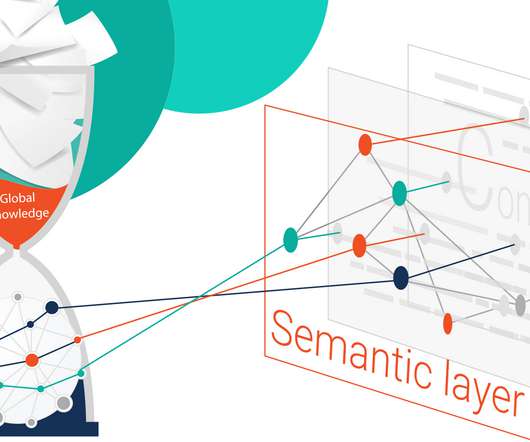Fundamentals of Data Mining
Data Science 101
OCTOBER 31, 2019
Data mining is the process of discovering these patterns among the data and is therefore also known as Knowledge Discovery from Data (KDD). The patterns discovered after this step are interpreted using various visualization and reporting techniques and are made comprehensible for other team members to understand. Deployment.













Let's personalize your content